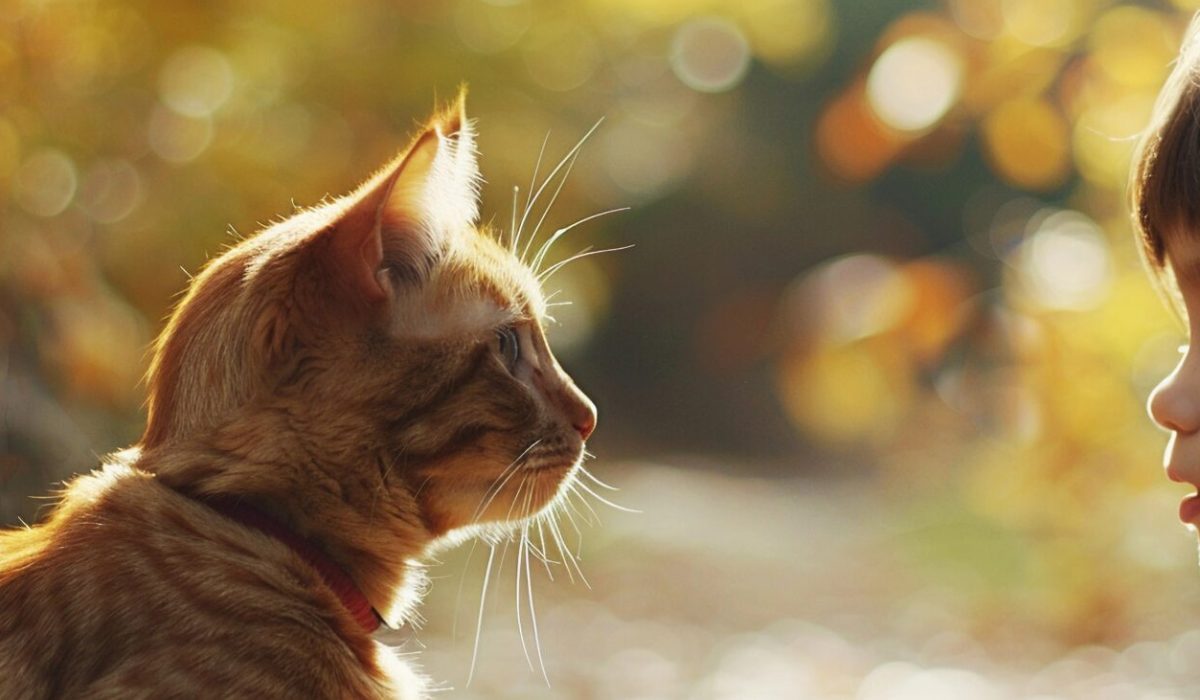When welcoming a rescue cat into your home, behavioral challenges often become part of the journey. Understanding these behaviors and knowing how to address them compassionately can transform a struggling cat into a confident, well-adjusted companion. This guide explores common behavioral challenges and provides practical solutions based on experienced rescuers’ insights.
Fear-based behaviors typically top the list of challenges with rescue cats. Many arrive carrying emotional baggage from past experiences, manifesting as hiding, aggression, or extreme timidity. These behaviors serve as survival mechanisms and shouldn’t be viewed as permanent personality traits. Creating a consistent, predictable environment becomes your first step in helping these cats feel secure. Designate a quiet space where they can observe their new surroundings without feeling threatened, and let them set the pace for interaction.
Litter box issues often arise during the transition period. Stress, unfamiliarity with proper litter box habits, or medical issues can all contribute to inappropriate elimination. Start by providing multiple litter boxes in quiet, accessible locations. Use unscented, clumping litter, and keep the boxes scrupulously clean. Monitor any changes in litter box habits, as they can indicate underlying health concerns. Remember that patience and positive reinforcement go far in establishing good litter box habits.
Aggression requires careful management and understanding. Whether directed at humans or other pets, aggressive behavior usually stems from fear, territorial instincts, or past trauma. Never punish aggressive behavior, as this only reinforces the cat’s negative associations. Instead, identify triggers and work to create positive associations through controlled exposure and reward-based training. Professional behaviorist consultation can provide valuable insights for managing more serious cases.
Excessive vocalization often signals unmet needs or anxiety. Some rescue cats become extremely vocal when seeking attention, food, or comfort. While this behavior can be challenging, it’s important to avoid reinforcing it unintentionally. Establish regular feeding times and play sessions to provide structure. Address the underlying cause rather than the vocalization itself. Sometimes, simply increasing environmental enrichment can significantly reduce excessive meowing.
Destructive behaviors like scratching furniture or chewing plants frequently emerge as cats adjust to indoor life. These natural behaviors need appropriate outlets rather than punishment. Install multiple scratching posts of various textures and orientations. Create engaging play opportunities that allow cats to express their hunting instincts safely. Environmental enrichment through climbing spaces, window perches, and interactive toys can positively redirect destructive energy.
Overstimulation challenges commonly occur in rescue cats learning to trust human touch. A cat may welcome petting initially, then suddenly bite or scratch. This behavior often stems from sensitivity or anxiety about physical contact. Learn to read your cat’s body language for signs of building tension. Respect their limits and gradually build tolerance through short, positive interactions. Let the cat initiate and end physical contact to build trust and confidence.
Food-related issues require patience and consistency to resolve. Some rescue cats display food aggression, obsessive eating, or extreme pickiness based on their past experiences with food scarcity. Establish regular feeding schedules and create a calm environment for meals. For food-aggressive cats, feeding in separate spaces reduces stress. Slow-feed bowls or food puzzles can help manage obsessive eating while providing mental stimulation.
Sleep disturbances often affect both cat and human during the adjustment period. Rescue cats may take time to adapt to household routines, resulting in nighttime activity or early morning wake-up calls. Gradually adjust their schedule through increased daytime activity and evening play sessions. Create a comfortable sleeping area and maintain consistent bedtime routines. Remember that feeling secure enough to sleep deeply represents a significant milestone in trust-building.
Separation anxiety manifests differently in cats than in dogs but can be equally challenging. Rescue cats who have experienced abandonment may become extremely distressed when left alone. Build their confidence through gradual departure training, starting with brief absences. Provide engaging activities for solo entertainment and consider automated feeders or pet cameras for monitoring. Some cats benefit from having a feline companion to reduce anxiety.
Integration with other pets requires careful management and patience. Existing pets may resist the newcomer, while rescue cats might struggle with socialization. Follow proper introduction protocols, maintaining separate spaces initially. Use positive associations through feeding and shared positive experiences. Never force interactions – let relationships develop naturally under supervision. Success often comes through small, progressive steps rather than rushed introductions.
Resource-guarding behaviors sometimes emerge as rescue cats establish themselves in their new environment. Whether protecting food, toys, or favorite spots, this behavior stems from insecurity. Provide multiple resources throughout the house to reduce competition and tension. Respect the cat’s need for personal space while gradually building trust through positive associations and gentle encouragement.
These behavioral challenges, while sometimes daunting, rarely prove permanent. With understanding, patience, and consistent positive reinforcement, most rescue cats can overcome their initial struggles to become loving, well-adjusted companions. Remember that each small improvement represents a victory in your cat’s journey to trust and confidence.


